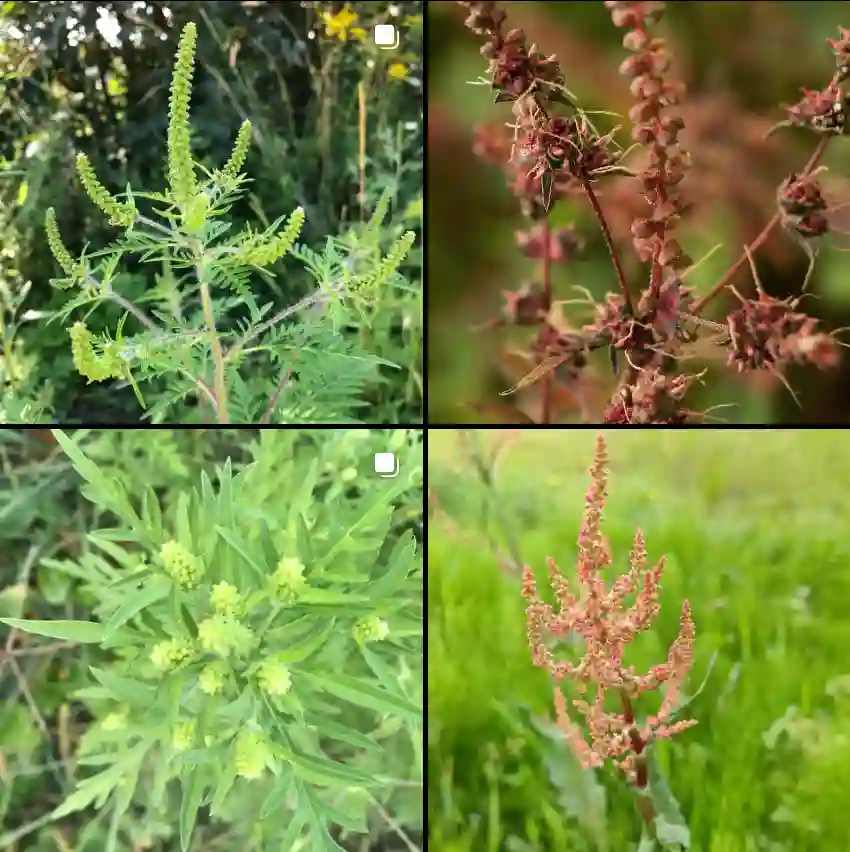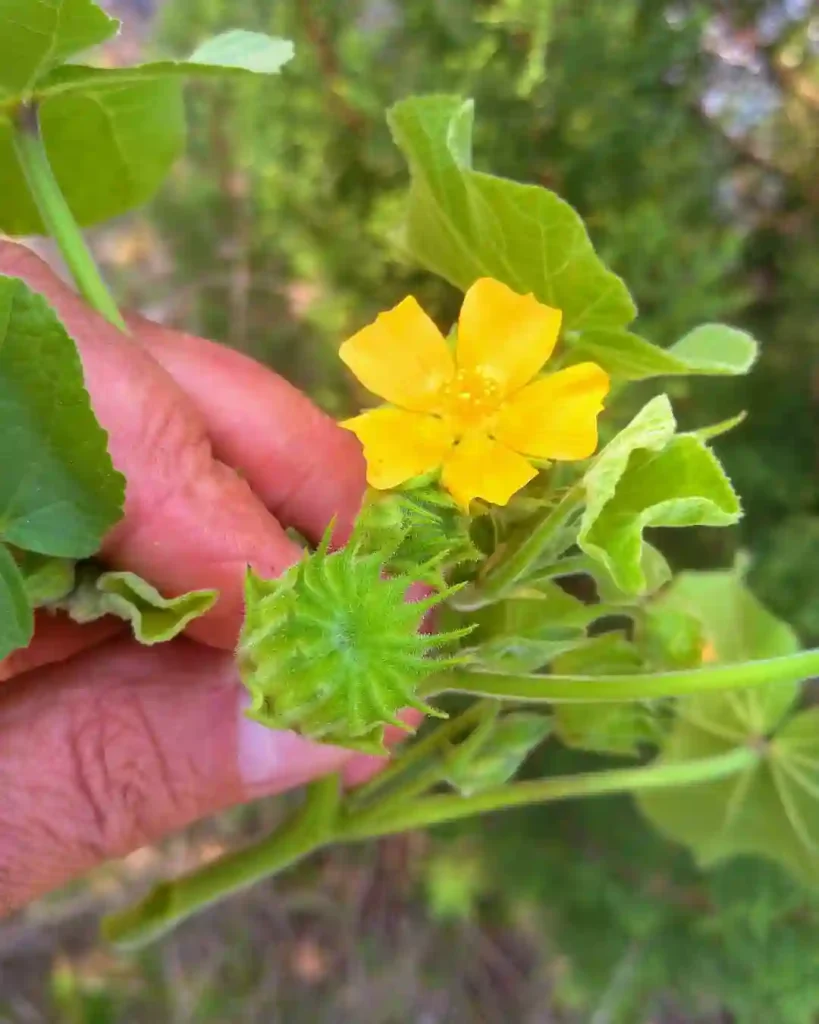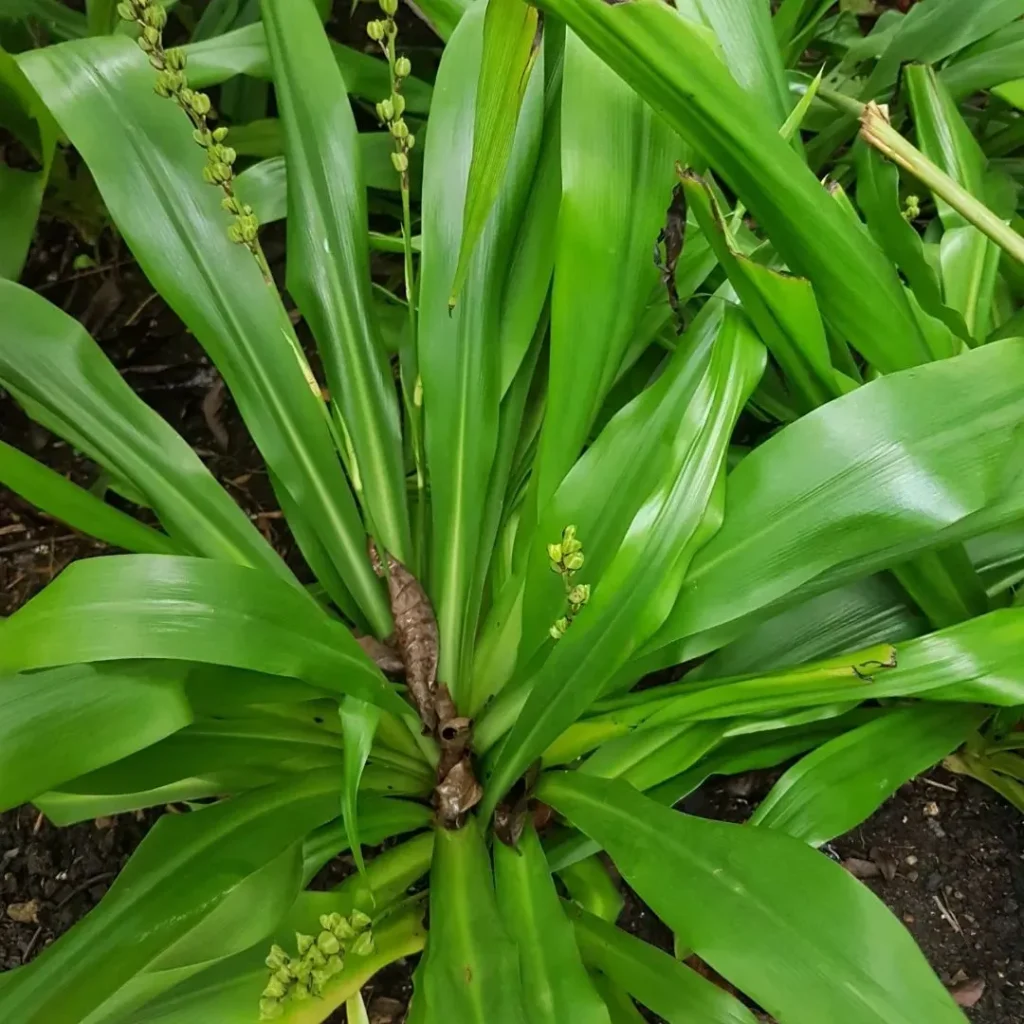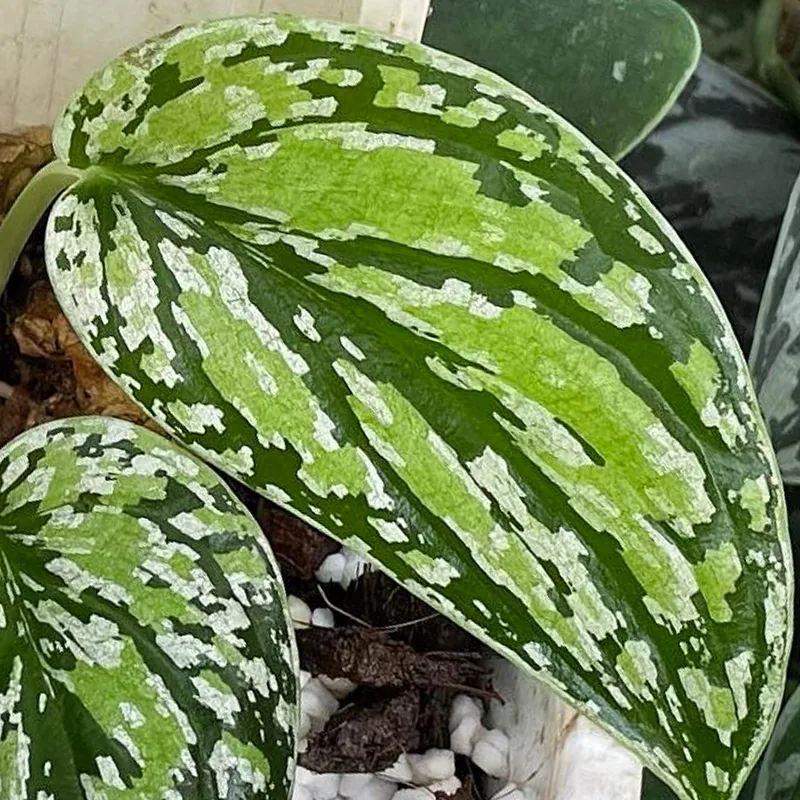Hibiscus Brackenridgei: A Gardener’s Guide
I’m Ferb Vu, and I’ve been fascinated by native Hawaiian plants for years. One that consistently steals the show is the Hibiscus brackenridgei, also known as Maʻo hau hele. This stunning shrub isn’t just beautiful, it’s a resilient survivor with a deep connection to Hawaiian culture.
In this guide, I’ll answer your burning questions about this remarkable plant, from its quirky habits to how to cultivate it in your own garden.
439 Species in Genus Hibiscus
What is Hibiscus Brackenridgei?
Imagine a hibiscus with sunshine-yellow blooms, a touch of maroon at the center, and leaves that resemble a maple in their lobed glory. That’s the Hibiscus brackenridgei. It’s a member of the Malvaceae family, sharing kinship with other popular blooms like hollyhocks and okra.
This native Hawaiian can grow up to five meters tall, transforming from a shrubby wonder to a small tree. Its fuzzy green leaves boast toothed edges and come in three, five, or seven lobes, adding a touch of whimsy to its overall charm.
Sun Worshipper or Shade Seeker?
The Hibiscus brackenridgei thrives in full sun, soaking up those golden rays like a champ. However, it can tolerate some light shade, especially in hotter climates. Remember, the key is well-drained soil. Full sun encourages not only vibrant blooms but also enhances the plant’s resistance to disease.
Water Wise Warrior
Once established, the Hibiscus brackenridgei is a drought-tolerant champion. Its native habitat, the dry and sunny Hawaiian coastal regions, instilled in it a thirst for moderation. So, resist the urge to overwater – it can lead to root rot. Let the soil dry slightly between waterings.
Blooming Beauty
The vibrant yellow flowers of the Hibiscus brackenridgei are a sight to behold. They can reach a diameter of up to six inches, a true statement piece in your garden. These beauties typically bloom singly or in small clusters, adding bursts of sunshine to your landscape.
For the most prolific flowering, provide your Hibiscus brackenridgei with ample sunlight. Early morning hand pollination can also boost flower production.
Friend or Foe: Keeping Pests at Bay
The good news is that the Hibiscus brackenridgei is a relatively pest-resistant plant. However, some common garden menaces might try their luck. Keep an eye out for mealybugs, whiteflies, spider mites, and aphids. These sap-sucking insects can weaken your plant.
Insecticidal soap or neem oil are effective solutions for these unwelcome guests. Remember, prevention is key. Regularly inspect your plant and address any pest problems promptly.
How Does it Compare to Other Hibiscus?
The Hibiscus brackenridgei stands out from its colorful cousins in a few ways. Here’s a quick comparison:
- Flower Color: Unlike the classic red or pink blooms of many hibiscus varieties, the brackenridgei boasts a sunny yellow hue.
- Leaf Shape: The lobed leaves of the brackenridgei resemble maple leaves, while other hibiscus varieties typically have simpler, oval-shaped leaves.
- Drought Tolerance: The brackenridgei thrives in drier conditions compared to some water-loving hibiscus varieties.
Sharing the Aloha Spirit: Propagation
If you’d like to share the beauty of the Hibiscus brackenridgei, propagation is an excellent option. Seeds are the way to go, but there’s a catch: germination rates drop significantly after a year.
Here’s a tip: Soaking the seeds can speed up the process. Fresh seeds germinate within a week, while dry seeds might take longer.
Pruning for Perfection
After your Hibiscus brackenridgei finishes blooming, a light pruning can encourage bushier growth and promote future flower production. For young plants, pruning can help shape the plant and encourage branching.
Remember, use sharp, sterilized pruning shears to make clean cuts.
A Touch of Paradise in Your Garden
The Hibiscus brackenridgei is more than just a stunning ornamental plant. It’s a symbol of Hawaiian resilience and a conversation starter in your garden. With its sunshine-yellow blooms, charming foliage, and easy-going nature, it’s a perfect addition to your landscape.
So, give this native Hawaiian wonder a try, and bring a touch of paradise to your own backyard.
If i die, water my plants!



